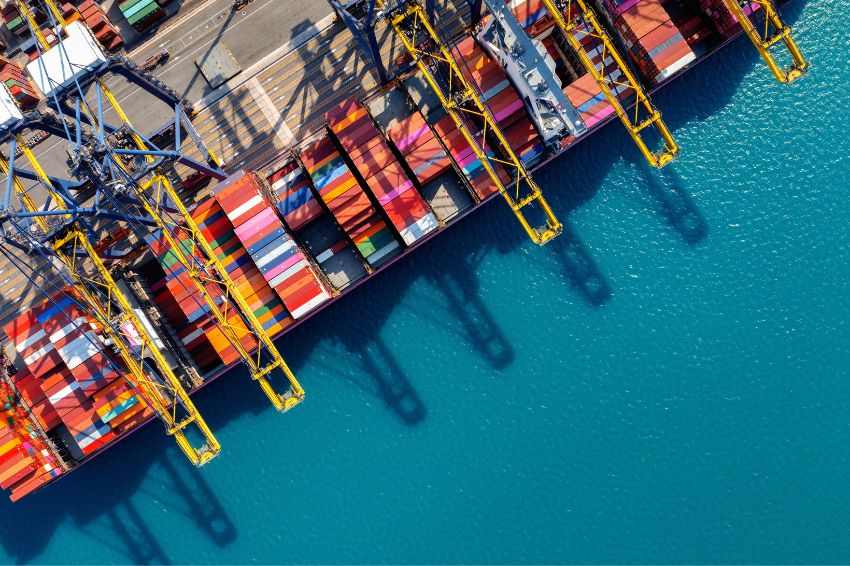A maritime transport industry contributes 3% of global greenhouse gas emissions and depends on fossil fuels. Representing more than 90% of global trade volume, the segment is considered the backbone of the world economy.
As businesses expand, emissions are predicted to increase more and more. According to IRENA (International Renewable Energy Agency), if the shipping industry wants to follow the path towards zero emissions, a coordinated and comprehensive urgent action.
Francesco La Camera, Director General of IRENA, highlighted the critical role that green hydrogen-based fuels can play in the successful decarbonization of the shipping industry, stating that “by the middle of this century, the sector will require around 50 million tons of green hydrogen per year for the supply of necessary ammonia and methanol”.
On 14 January, at its 13th Assembly in Abu Dhabi, IRENA hosted a ministerial roundtable to facilitate a conversation between the shipping industry and governments on the priority actions needed to decarbonize the shipping sector.
The roundtable, titled “Decarbonization of maritime transport: the role of ports in addressing the supply, demand and trade of renewable-based fuels”, discussed ways to ensure the supply of renewable-based marine fuels and establish enabling structures to facilitate trade and their transportation.
“The decarbonization of this segment needs to have a collaborative approach, involving the global shipping industry, governments and international organizations. The time to act is now and IRENA is ready to do its part and support our members to materialize the ambition into action,” said La Camera.
National strategies and plans
The round table also served as a platform for ministers to discuss national strategies and plans for the sector. Teresa Ribera, Spain's Energy Minister, revealed her country's goals to develop renewable marine fuels.
“We are working on flagship projects in southern Spain to produce H2V, methanol and ammonia. Establishing a comprehensive framework will be crucial to the development of green hydrogen,” he said.
The session also discussed the role of ports in creating the necessary conditions to accelerate demand for these fuels. Tom HauteKiet, commercial director at the Port of Antwerp-Bruges, said that 80% of the investment needed to realize the green energy transition in maritime transport will have to be made on the land side and this also affects the ports.
“One way ports can impact the green shipping movement is by investing in the decarbonization of their own service fleet and operational vessels,” he added.
Geoffrey R. Pyatt, US Assistant Secretary of State for Energy Resources, pointed out that governments will need to play a fundamental role in the decarbonization of ports, investing in cleaner technologies.
In his administration, he has committed to ambitious marine emissions reduction targets, which will require the resources and expertise of multiple federal agencies to work together.
“The bipartisan infrastructure bill includes US$17 billion to help electrify and decarbonize U.S. ports and increase research and development of advanced batteries for marine applications and zero-emission fuels,” he concluded.

















